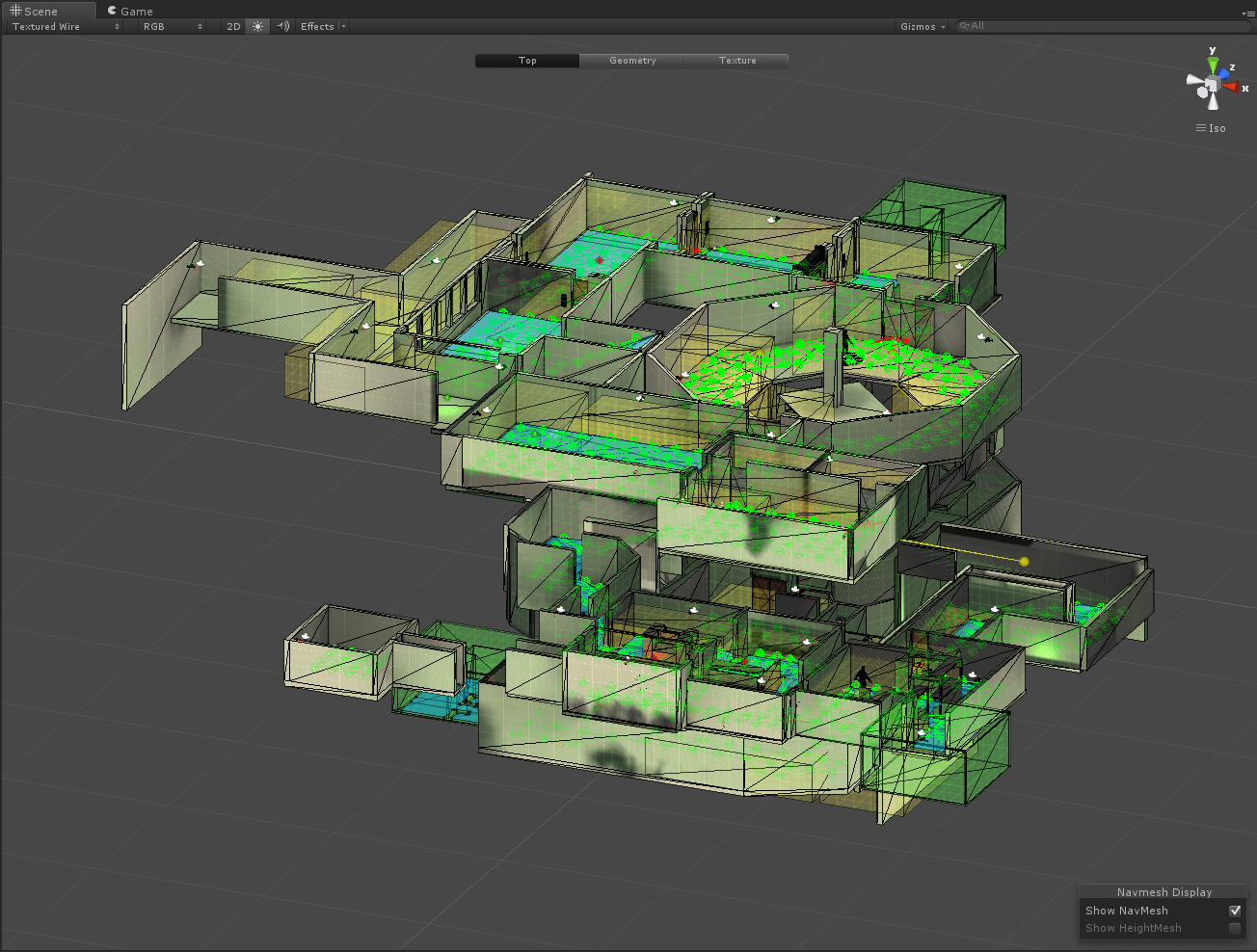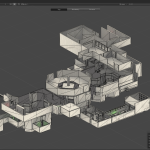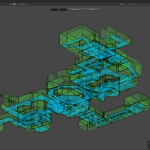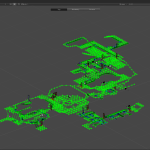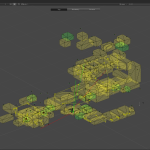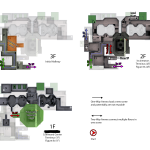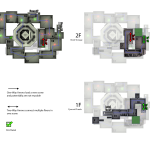One-touch stealth-action story-based thriller.
Engine
– Unity
Duties
– Level Design
– Preproduction
Time
– 4 months
Team
– Camouflaj LLC
République is a 3D epic stealth-action, story-driven iOS game where the player helps Hope, the main protagonist, escape her imprisonment from a 1984-inspired dystopia. The story employs the player as him or herself talking to Hope through their iOS device, hacking into security cameras, and guiding Hope through a maze of hostile guards and mysterious circumstances. The player also focuses on collecting data and information on the world and its characters by accessing computer emails and other points of interest in the environment. The game is built in Unity by Camouflaj. I worked as a level design intern at Camouflaj, and was responsible for level design preproduction for an entire episode in the 5-part saga: Episode 3: Ones & Zeroes. My duties included AI encounters/navigation/pathing, geometry, and level flow/pacing within Unity.
Everything started with blueprints. They were created after hours of digesting the game’s mechanics, Episode III’s narrative goals as gathered from both the Lead Writer and Creative Director, and rough preliminary geometry. The early geometry involved three separate levels with a player path that twisted and looped in and out of all three levels multiple times. The load times were frequent and long, especially on older devices, so my first step was to combine these three levels into two, and reduce the amount of level transitions from 20+ to less than 3. This simple design would dramatically change as the weeks rolled along, and the geometry was scrapped, split apart, rearranged, recombined, and redesigned into something similar but completely different.
Cameras were an interesting challenge that involved managing sightlines, AI awareness and paths, and cinematography. Each camera was part of a long chain of angles that made up 99% of the player’s experience, so each one had to create an establishing shot of a new area, and easily link between previous and future cameras without disorienting the player’s current direction. An interesting lesson that other designers at Camouflaj helped me learn was when a camera switches back-and-forth across the dividing line of a major room, it can be highly disorienting. Cameras that are placed along the length of the same wall and do not cross the dividing line were much more forgiving.
Level design is largely the same process with any genre or project: learn the tool, learn the workflow, digest the game and its systems, and playtest as much as possible with as many people as possible. The difference between one project and the next are small lessons (like static camera placement) that a designer learns over time through trial and error.
For more information on République, visit their website here.
